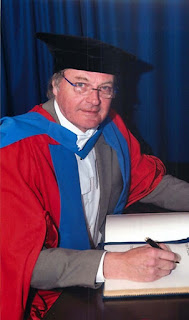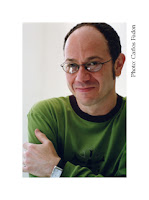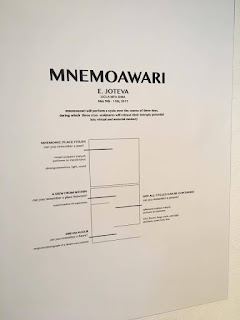Week 8: Nanotech + Art

For this week’s blog post, I listened to James Gimzewski’s lectures on the history, advantages, and prevalence of nanotechnology. Previously a researcher at IBM’s Zurich Research Laboratory, Gimzewski is currently a chemistry professor and nanoscientist at UCLA. His online lectures gave me a new perspective on the reality of nanoparticles and nano-scale processes, which exist everywhere from nature to consumer products. Starting in the 1960s, people began approaching nanomaterials as potential for accomplishing unmet needs. Nanoscience grew in the 1980s, following the discovery of graphene and buckminsterfullerene (or the buckyball). Nanotechnology such as scanning tunneling microscopy (STM) and atomic force microscopy (AFM) provided scientists with the ability to visualize and even alter material surfaces on the atomic scale. Nanoparticles have much different properties compared with their bulk state, which opens countless possibilities for science, technology, and perhaps art. After...


